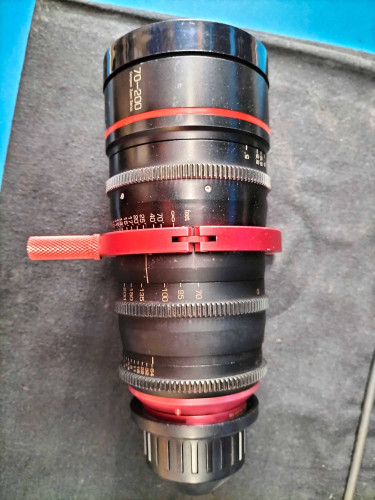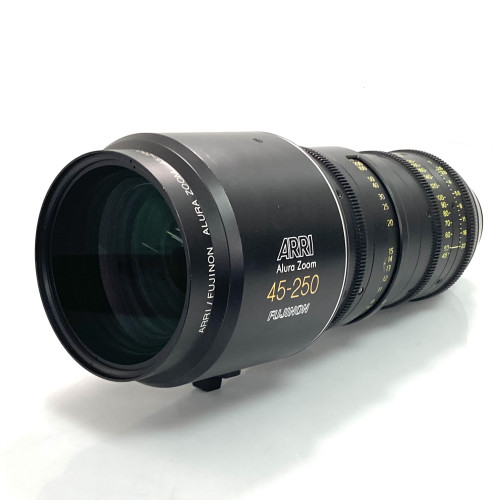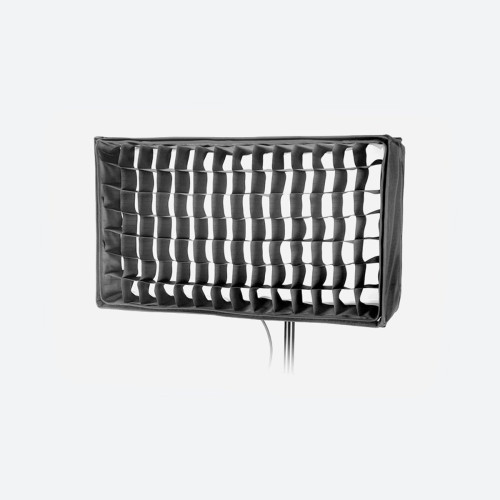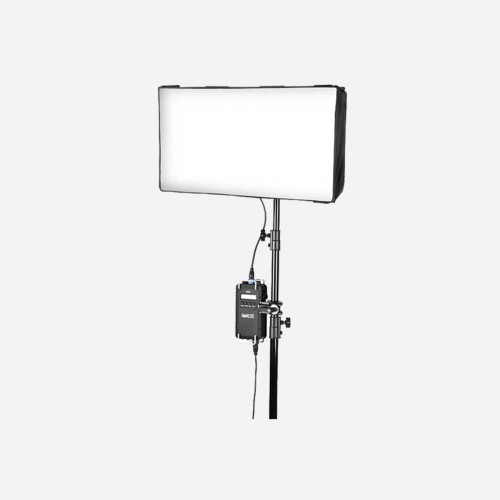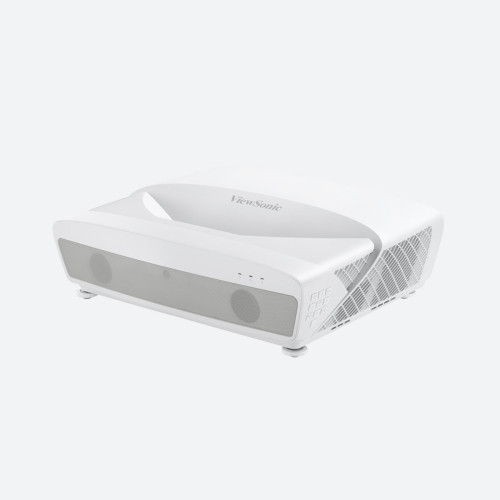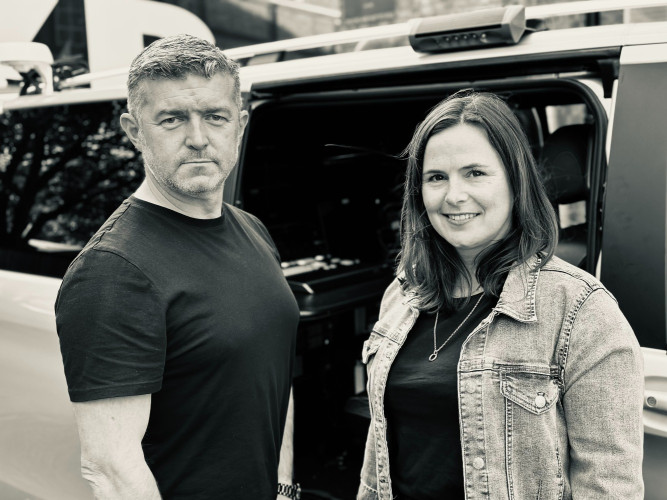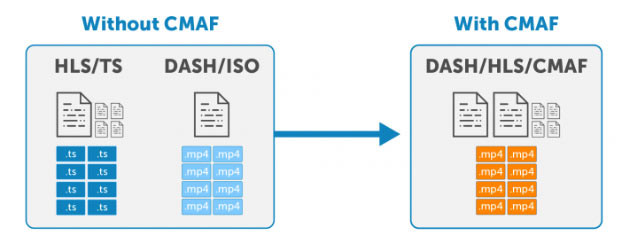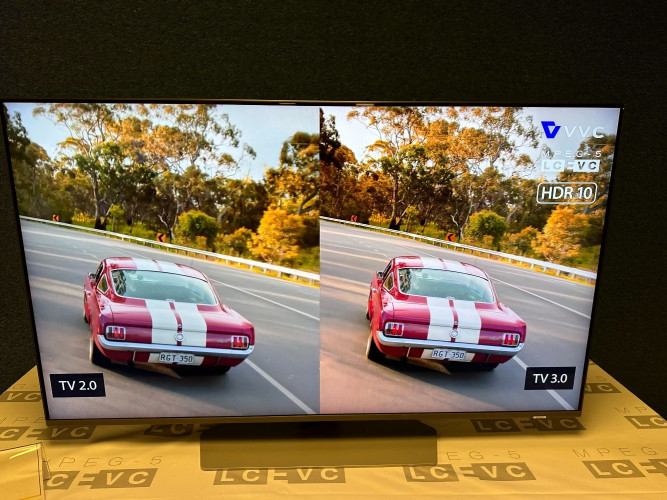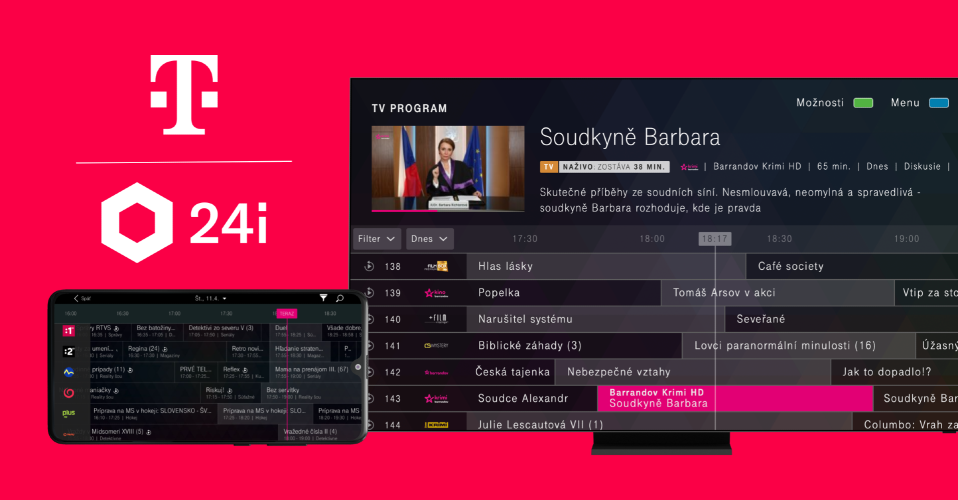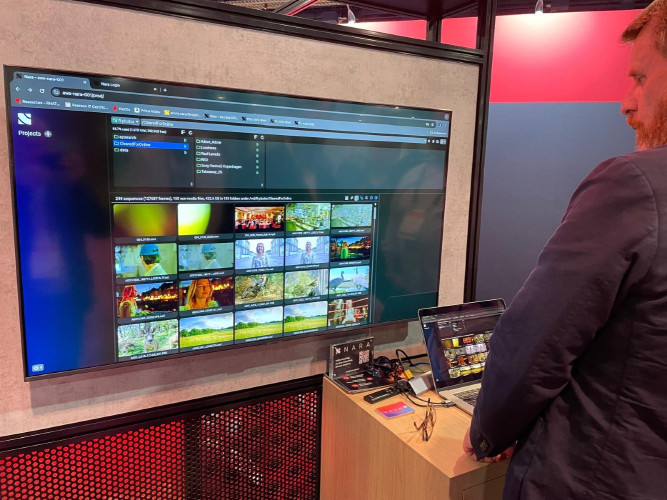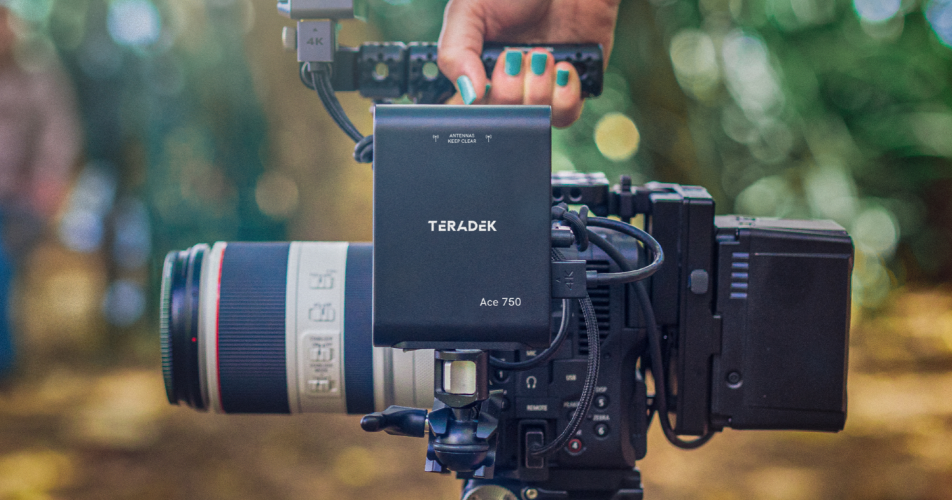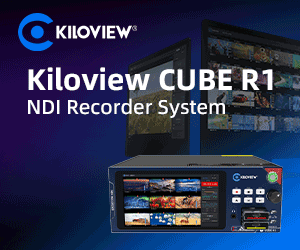by Will Strauss
So, here’s a scenario. You’re a TV news editor and a story breaks. Your reporter and cameraman (or reporter/cameraman) can get to the scene no bother. But all your satellite trucks are someplace else. What do you do? Umm….
Thanks to developments in transmission technology the ENG scenario described above is pretty much redundant these days. Not only can you now get satellite transmitters in a package that fits inside a backpack, you can also use multiple mobile phone networks to move video back to the newsroom – and it’s probably faster than using a truck, cheaper than utilizing satellite space, you don’t get as many problems with gusts of wind and you need less staff. Plus, perhaps most importantly of all, you can reach places that trunks cannot.
That’s not to say there aren’t difficulties working this way. Once on location, cellular technology works brilliantly when the signal is strong. But there’s always a chance that the area in which the news is breaking is a cellular black spot. Then you’re stuffed. You’re also in trouble if there are lots of reporters present using the same technology and network as you.
As a result of this, the really important research and development work at the moment concerns how to create lighter video codecs and better bandwidth scaling software and signal multiplexing algorithms.
But there are plenty of products already available and several that are being used to great affect. Here’s my magnificent seven:
JVC GY-HM650 camcorder
A ProHD network-enabled camcorder, the GY-HM650 is an SD/HD shooter that records MP4, MOV or AVCHD to cheap-as-chips memory cards and meets EBU requirements for journalism. Importantly, it can capture full HD files to one memory card while simultaneously creating smaller, web-friendly files on a second. A built-in FTP client and network connectivity can then be used to get footage back to base without the need for a microwave or satellite connection. It must be a fairly compelling proposition as BBC News has just committed to 500 units.
Panasonic HPX-600 camcorder
It’s another camcorder innovation but this time utilizing LiveU’s uplink technology to allow a single operator to relay live video while shooting, in this case with the Panasonic HPX600. To make it happen software has been developed for the P2 camcorder so that it dovetails with LiveU’s handheld LU40 live video uplink kit, linking via SDI and USB ports. The application permits the uplink start and stop functions to be controlled from the camera and the LU40 transmission status to be displayed on its viewfinder. Panasonic is not the only company working with LiveU. Just last month Hitachi announced that it was collaborating with the New Jersey-based company on plans to incorporate the LU40 into its cameras instead of it being used as a mounted peripheral device (as is generally the case).
TVUPack
Ideal for those places that SNG trucks cannot reach, the TVUPack allows users to broadcast in HD over multiple 3G/4G/LTE cellular wireless networks, WiFi, WiMax, and BGAN. To negate problems inherent with using mobile phone networks it uses proprietary Inverse StatMux technology that dynamically segments a live video signal and transmits each piece through a multitude of independent 3G (or 4G) connections. And it’s all housed in a backpack, hence the name. It must work pretty well as on the final day of the January football transfer window Sky Sports News used them, supplied by WTS Broadcast, to transmit live from several difficult to reach (or reach quickly) football club car parks and training grounds around the country.
Nucomm Connect Live
Combining the best of both worlds, the Nucomm Connect Live from Integrated Microwave Technologies (part of the Vitec Group no less) gives users the option to transmit video from a camera using either cellular networks or via a standard (line-of-sight) COFDM microwave link back to a nearby truck. As with the TVUPack (above) this is a solution for those locations that other systems cannot reach. Unlike the TVUPack, it doesn’t require a backpack. It utilizes “Advanced Adaptive Encoding and Bonding techniques” to compensate for changing network conditions by adjusting frame rate, resolution, encoding rates and streaming parameters. The battle between latency and video quality can be quickly decided using one of three preset modes: interview, balanced and high quality.
Teradek Link
A slightly different proposition this one. Teradek Link operates like a mobile hotspot. You stick it in a location with decent signal, connect your Teradek Cube or Brik encoder (or other 802.11 enabled device) to its dual-band MIMO WiFi network and, working at a range of anything up to 300 feet away from the Link, go live back to the studio. To cope with changing network conditions, Link uses Teradek's Adaptive Bit Rate Streaming (ABRS) technology, its own development that dynamically adjusts the video bit rate and buffer of a stream.
Dejero
Ah, the Apple iPhone. You knew we’d get here eventually. But you can’t just do a video call live to air. You do need slightly more sophisticated technology than that. Which is where Dejero comes in. The creator of the LIVE+ Platform of bonded wireless uplink products also has an iPhone app, an innovation that was used earlier this year by Sky News to conduct an intercontinental live video interview from Guangzhou in China. The app transmits live or recorded video from the smartphone in real time over a 3G cellular connection using the same patent-pending bonded transmission technology as the company’s flagship product, the LIVE+ 20/20. Bandwidth is aggregated from both the WiFiTM and cellular connections of the iPhone in order to improve quality and latency.
Vislink
Finally, I can’t leave this subject without referencing a non-cellular alternative. Vislink has a small KA-band satellite system (which also supports X- and KU-band networks) that can be set up in minutes and augment poor phone network coverage in remote areas. The Vislink Mantis MSAT is a one-man portable satellite terminal that can provide a live HD feed, weighs just 14kg and fits in a backpack.
There’s more of course. But this is an area of rapid advancement and it’s certainly one to keep an eye on.
The key thing to remember is that cellular technology is a useful addition to the ever- reliable satellite truck. It’s cheaper, faster and requires less manpower but it’s not a replacement, except when it comes to those locations that a SNG vehicle cannot reach.




